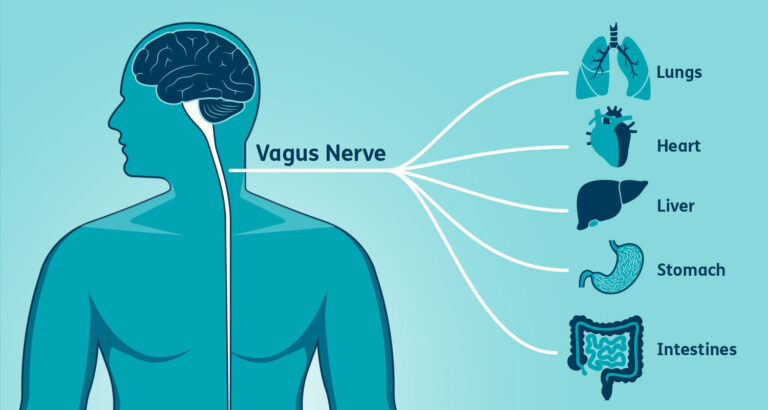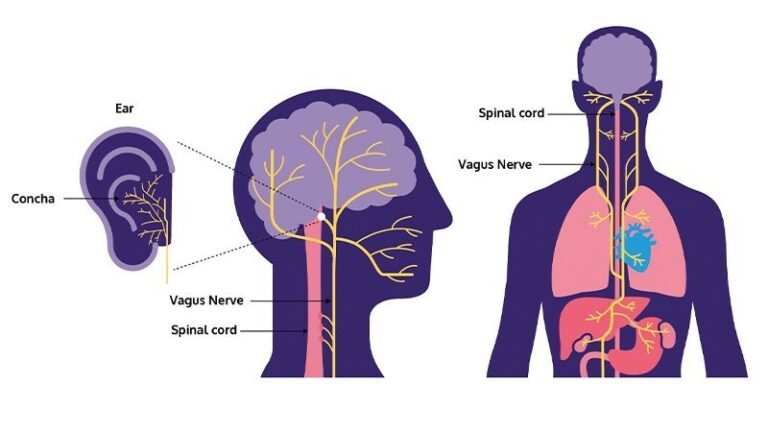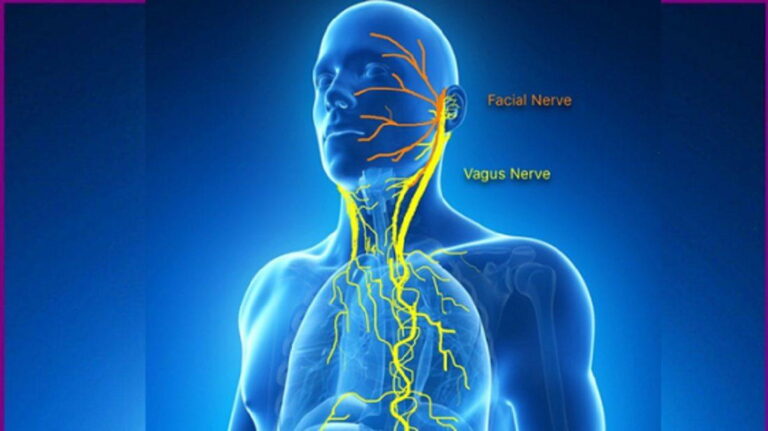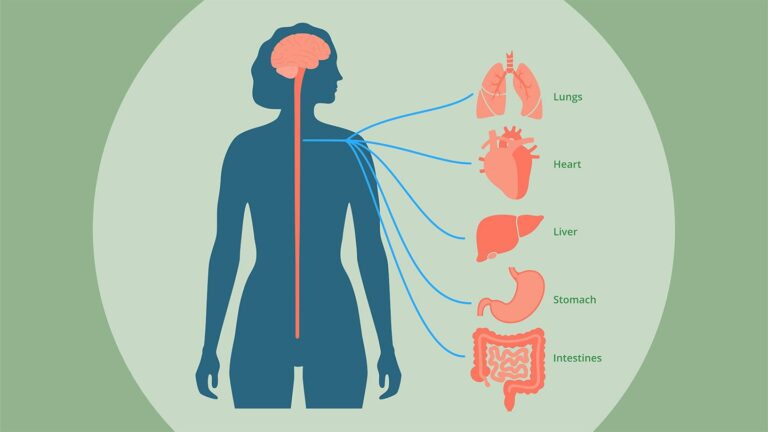Vagus nerve stimulation for the treatment of epilepsy
Vagus nerve stimulation (VNS) has emerged as a promising treatment for epilepsy, especially for patients who do not respond well to medications. This innovative approach involves the implantation of a device that delivers electrical impulses to the vagus nerve, which is a key player in the body’s autonomic nervous system. Through this article, we will explore the mechanism of VNS, its effectiveness, potential side effects, and the future of this treatment option.
Understanding the Vagus Nerve and Epilepsy
The vagus nerve is the longest cranial nerve in the body, running from the brainstem through the neck and into the abdomen. It plays a crucial role in regulating various bodily functions, including heart rate, digestion, and respiratory rate. In recent years, researchers have discovered that the vagus nerve also has a significant influence on brain activity, particularly in the context of epilepsy.
Epilepsy is a neurological disorder characterized by recurrent seizures, which are caused by abnormal electrical activity in the brain. While medications can help control seizures in many patients, some individuals continue to experience seizures despite taking multiple medications. For these patients, alternative treatments such as VNS may offer new hope.
How Vagus Nerve Stimulation Works
VNS involves the surgical implantation of a small device, similar to a pacemaker, in the chest wall. A wire from the device is wrapped around the left vagus nerve in the neck. The device delivers regular, mild electrical impulses to the nerve, which then sends these signals to the brain. It is believed that these electrical impulses help regulate the abnormal brain activity that causes seizures.
The exact mechanism of action of VNS in epilepsy is not fully understood. However, studies suggest that VNS may increase the release of neurotransmitters such as serotonin and norepinephrine, which play a role in regulating brain activity. Additionally, VNS may also modulate the activity of certain brain regions involved in seizure generation.
Effectiveness of Vagus Nerve Stimulation
Clinical trials have shown that VNS can be an effective treatment for epilepsy, particularly in patients who have not responded well to medications. One study found that VNS reduced the frequency of seizures by more than 50% in nearly half of the patients studied. Another study reported similar results, with a significant reduction in seizure frequency in patients receiving VNS compared to those receiving standard medical therapy alone.
It is important to note that VNS is not a cure for epilepsy, and it may not completely eliminate seizures in all patients. However, for many individuals, VNS can significantly reduce the frequency and severity of seizures, improving their quality of life.
Potential Side Effects of Vagus Nerve Stimulation
Like any medical procedure, VNS carries some risks and potential side effects. The most common side effects of VNS include hoarseness, coughing, and throat pain, which are usually mild and temporary. In some cases, VNS can also cause more serious side effects, such as difficulty breathing, infection, or changes in voice.
It is important for patients considering VNS to discuss the potential risks and benefits with their healthcare provider. In some cases, the benefits of VNS may outweigh the risks, especially for patients with severe epilepsy that is not well controlled with medications alone.
The Future of Vagus Nerve Stimulation
VNS represents a significant advancement in the treatment of epilepsy, offering new hope for patients who do not respond well to medications. As researchers continue to study the mechanisms of VNS and its effects on the brain, new insights may emerge that could further enhance its effectiveness.
In addition to epilepsy, VNS is also being explored as a potential treatment for other neurological and psychiatric disorders, including depression, anxiety, and Alzheimer’s disease. While more research is needed to fully understand the benefits of VNS for these conditions, early studies are promising.
In conclusion, Vagus nerve stimulation is a promising treatment for epilepsy, offering new hope for patients who do not respond well to medications. While VNS is not a cure for epilepsy, it can significantly reduce the frequency and severity of seizures in many patients, improving their quality of life. As researchers continue to study VNS and its effects on the brain, we may see further advancements in this innovative treatment approach.





